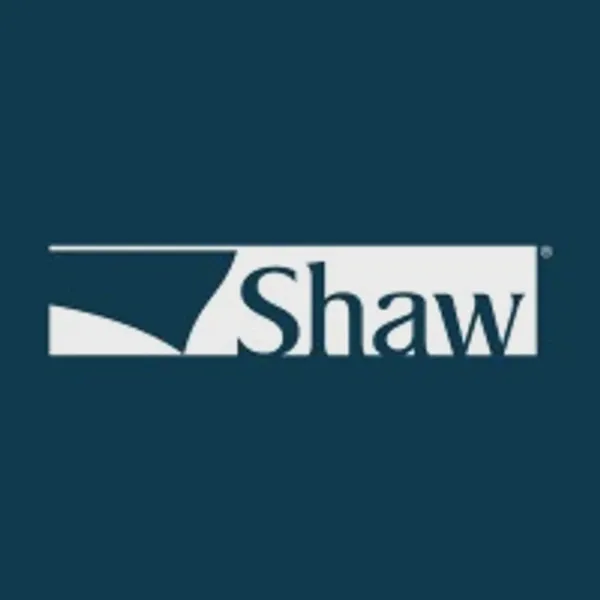Shaw Industries: product breadth and EPD reality check
Shaw Industries Group, Inc. makes a lot of floors and sells into almost every commercial setting you can picture. The question specifiers ask is simpler. Where do Shaw’s Environmental Product Declarations already cover the catalog, and where could a missing EPD still knock a popular line out of contention on an EPD‑required project?


Who Shaw is and where they play
Shaw Industries Group, Inc. (shawinc.com) is a diversified flooring manufacturer with well known commercial brands like Shaw Contract, Patcraft, and Philadelphia Commercial. They sell carpet tile and broadloom, luxury vinyl tile, sheet vinyl, rigid core SPC and WPC, plus select PVC‑free platforms and specialty formats. In residential channels they also offer laminate and engineered wood. The total catalog spans many product families and very likely runs into the hundreds of SKUs across colorways and formats.
Product coverage by EPDs today
Shaw’s EPD footprint is strongest in commercial carpet tile and resilient vinyl. You will find current, third‑party verified declarations for EcoWorx carpet tile families, for multiple carpet backings, and for a range of LVT, SPC and WPC constructions. Several PVC‑free platforms are covered as well. Publications span major program operators used by North American specifiers, so teams can reference familiar formats during submittals.
Notable gaps to watch
We did not find the same depth of published EPDs for rubber flooring or rubber wall base under Shaw branding. In education and healthcare, those items are often non‑negotiable. Competitors like Roppe routinely publish EPDs for rubber tile and wall base, which can make a spec decision quick when a project prefers or requires environmental declarations. If a Shaw spec leans on rubber accessories without an EPD, the whole package can get swapped for a system that does.
A practical example of lost specability
Consider a multi‑building school program that mandates product‑specific EPDs for all finish categories. The project team wants a cohesive Shaw carpet and LVT palette, then reaches the transitions and base schedule. If the rubber base lacks an EPD while a rival’s does, the path of least resistance is to move the whole finish system to that rival to avoid split submittals and default factors. That is real money walking out the door, and it often happens silently.
Competitive set in typical Shaw bids
Shaw often faces Interface and Milliken in carpet tile, plus Mannington, Mohawk Group, Tarkett, Forbo and Gerflor across resilient. Many of these peers have broad EPD libraries in their core categories, so they are specification‑ready out of the box. The more your line card mirrors that readiness, the fewer pricing battles you fight and the fewer last‑minute substitutions land in your inbox.
Why the paperwork moves market share
When a product shows up without a product‑specific EPD, many owners and design teams must use conservative default factors for carbon accounting. That effectively taxes the product on paper. A verified EPD removes that penalty, keeps the product comparible on an even field, and speeds approvals. On large programs, shaving even one approval loop can mean winning the base spec instead of value‑engineering to a cheaper lookalike.
What to prioritize next
If you manage Shaw product lines, prioritize declarations where your sales reps say the project friction lives. For most teams that means rubber accessories and any high‑volume resilient or broadloom styles that still sit unreported. Pick the top sellers by revenue and ship‑to markets, then execute a tight EPD sprint so your submittal set reads clean and complete.
Getting the LCA done without draining the plant
You want a partner who will run a white‑glove data collection, who can align your rulebook quickly by referencing the PCR common in your competitive set, and who will publish with the operator your customers already recognize. That approach keeps your R&D and manufacturing teams focused on production while the EPD workstream stays on schedule and free of rework.
Quick win checklist
- Confirm which three to five SKUs create most of the revenue in each category, then map EPD status.
- Align on the most common PCR competitors use for that category to avoid off‑norm formats and revisions.
- Stage data once per facility and leverage it across families to reduce time‑to‑declaration.
The bottom line for Shaw watchers
Shaw is specification‑ready across carpet tile and key resilient lines, with visible progress on PVC‑free options. The next obvious unlock is to close gaps in rubber and any remaining high‑runner styles without declarations. Do that and you reduce pricing pressure, remove avoidable approvals drag, and quietly win more base specs. That is how brands get specced more often, not just louder. And yes, it is definately worth the effort.
Frequently Asked Questions
Which Shaw product families most commonly have current EPDs in the market today?
Commercial carpet tile families such as EcoWorx and multiple resilient formats including LVT, SPC and WPC typically have current, third‑party verified EPDs available.
Where are the most likely EPD gaps for Shaw that could affect specifications?
Rubber flooring and rubber wall base show less visible EPD coverage under Shaw branding. These items are common in healthcare and education, so missing EPDs can trigger a system‑wide substitution.
Who shows up most often against Shaw in EPD‑sensitive bids?
Interface and Milliken in carpet tile, with Mannington, Mohawk Group, Tarkett, Forbo and Gerflor across resilient. Several publish broad EPD libraries that simplify submittals.
What is the fastest path to close an EPD gap without overloading operations?
Pick top‑selling SKUs, reuse plant data across related families, follow the PCR common in your competitor set, and publish with a familiar operator to your customers. This keeps internal lift low while maximizing spec readiness.
